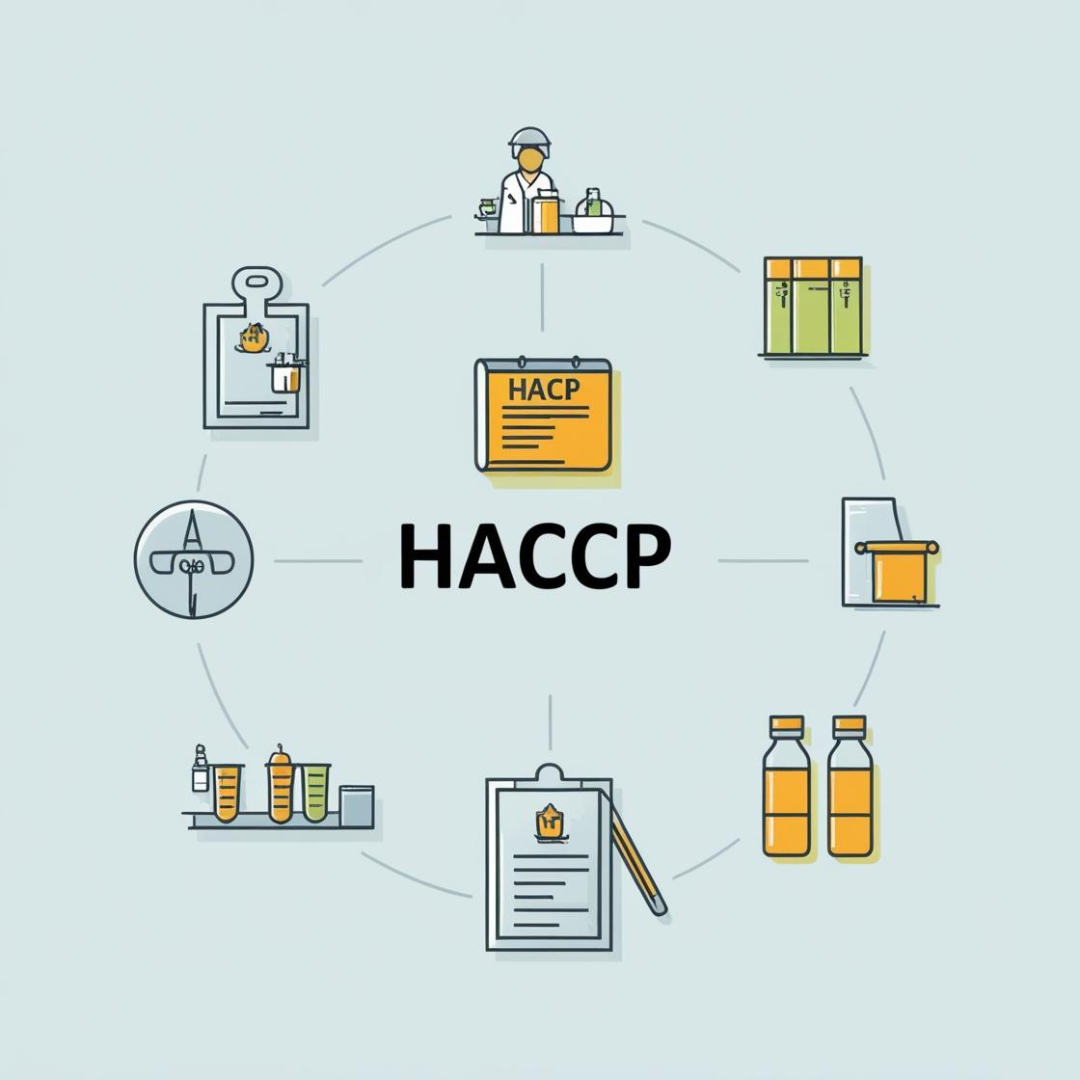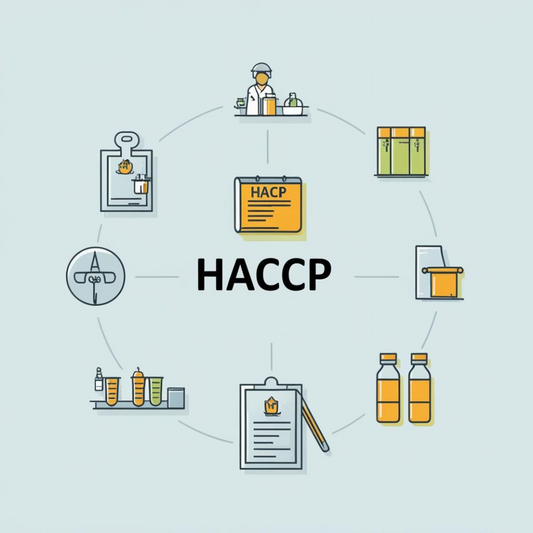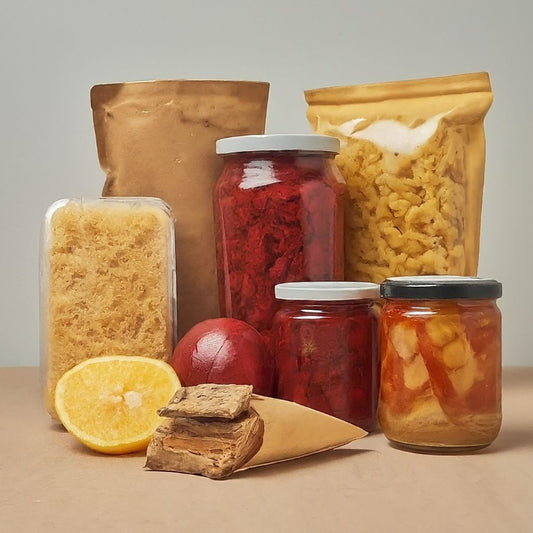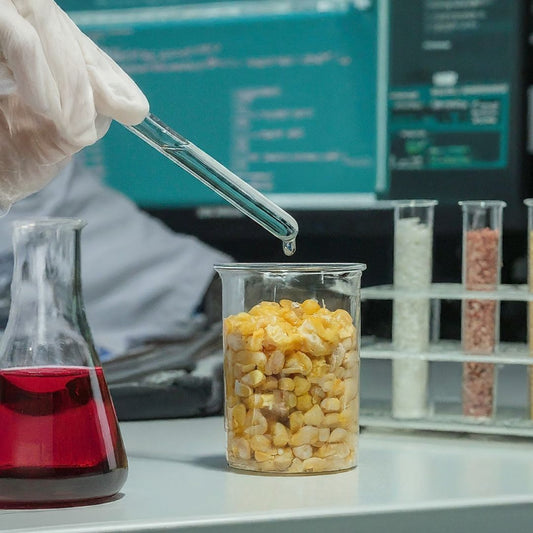🌾 AI Climate-Adaptive Food Systems – Smart Farming for a Changing Planet
Share
Climate change is reshaping how food is grown, processed, and distributed. Rising heat, droughts, and unpredictable rainfall make farming riskier every year.
But Artificial Intelligence (AI) is stepping in as a powerful ally — helping us design climate-resilient, sustainable food systems that can adapt in real time.
🔹 1. Predictive Climate Modeling & Crop Planning
AI can analyze massive climate datasets — temperature trends, rainfall patterns, soil data — to forecast weather and predict yield outcomes months in advance.
This helps farmers make smarter decisions about when to sow, irrigate, or harvest.
👉 Example:
IBM’s Watson Decision Platform for Agriculture integrates satellite data, IoT sensors, and weather analytics to guide farmers in India and Kenya on optimal planting times.
In the Netherlands, AI-driven models help greenhouse farmers predict humidity and adjust ventilation to prevent crop damage.
🔹 2. AI-Driven Climate-Resilient Crop Breeding
AI tools accelerate genetic research by identifying heat-, drought-, or flood-resistant traits in plants.
Machine learning can analyze thousands of crop genomes and simulate how each variety performs under future climate conditions.
👉 Example:
The CGIAR Research Program uses AI to identify genes linked to drought tolerance in maize, cutting breeding time by nearly half.
AgroScout (Israel) uses AI drones to analyze crop stress and guide seed selection for changing weather zones.
🔹 3. Smart Irrigation & Resource Optimization
AI and IoT sensors monitor soil moisture, nutrient levels, and crop health in real time. Systems then automatically adjust irrigation, fertilization, and lighting — minimizing waste and maximizing yield.
👉 Example:
CropX uses soil sensors and cloud-based AI to deliver real-time irrigation recommendations.
John Deere’s See & Spray technology employs AI vision to identify weeds and spray only where needed — cutting pesticide use by up to 90%.
🔹 4. Early Warning & Precision Risk Management
AI can detect pest outbreaks, nutrient deficiencies, or disease symptoms long before they are visible to the naked eye.
This allows farmers to act early, reducing losses and chemical use.
👉 Example:
Plantix, an Indian app, uses AI image recognition to diagnose plant diseases instantly from a smartphone photo.
The UN FAO’s Desert Locust Information Service uses AI models to predict locust swarm movements, protecting crops across Africa and Asia.
🔹 5. Future Vision – Fully Climate-Adaptive Farms
Imagine farms that automatically adjust irrigation schedules, switch to drought-tolerant crops, or deploy shading systems based on climate predictions — all powered by AI.
These “digital ecosystems” will make food production more resilient, efficient, and sustainable even under harsh climate conditions.
🌍 Why It Matters
🌦️ Resilience: Safeguards food production against climate shocks.
💧 Sustainability: Reduces water and chemical usage dramatically.
🤖 Efficiency: Turns real-time data into fast, actionable insights.
🌾 Security: Ensures a stable food supply for a growing population.





